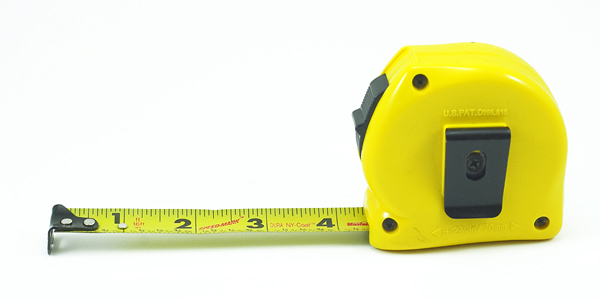I like walking. Many mornings, my walk takes me to nearby Monarch Park. Over the last few years, I’ve frequently taken my camera to the park as part of a photographic self-improvement exercise which involves photographing the same subjects over and over.
Going back to the same park repeatedly forces me to develop my ability to see and capture photos of the same subjects in new and creative ways. I’ve learned there isn’t one right way to capture any one subject, and there are usually many fine ways to capture the same subject.
Here’s what I’ve observed about the two main variables I have to work with; light and composition.
- The light in the park can look very different in different seasons, at different times of day and in different weather.
- As for composition, I see the best new photos when I change my perspective by changing where I’m walking or standing.
A recent foggy morning created new circumstances. The same old views looked very different due to the soft light and the masking effect of the fog. In search of a new composition, I changed my perspective by leaving my usual route and walking through a more wooded area. Through the combination of the fog and a different perspective, I quickly saw something I had never seen, which led to my capturing one of my favourite images of the park.
When I first developed my approach to measuring marketing, my perspective at the time was that I was trying to solve the following problem. I was trying to help marketers answer questions like “Did that marketing program work?” or “Did I use my money wisely on that program?”. From that perspective, I designed a scorecard to measure individual marketing programs.
I started using that approach but quickly realized that my perspective on marketers’ problem needed to shift slightly.
- Instead of asking “Did that marketing program work?” marketers wanted to know “Which of my programs worked best?”.
- Instead of asking “Did I use my money wisely on that program?” they wanted to know “What are the best ways for me to use my money?”.
The differences between the original and the revised question in each pair are small in words but large in meaning. Answering the original questions can provide some insights about individual programs, whereas answering the second questions goes well beyond those insights.
With my slight perspective shift came more clarity about the problem marketers need solved. I developed a more robust scorecard, using a methodology that could be applied consistently across all programs. That change enables marketers to compare programs to each other so they can see which programs are most and least effective, and then adjust their marketing strategies and improve business results.
Just as importantly, I created an effective process for identifying and ensuring the right things would be measured on that scorecard.
Light and composition are the two main variables that impact taking photos, while a marketing measurement system’s two main variables are the design of the scorecard and the choice of metrics to put on the scorecard. In both cases, there isn’t one right or perfect approach, and many will provide worthwhile results if you get the fundamentals right and focus on solving the right problem.
- The Right Problem to Solve: The reason to measure your marketing is to optimize your marketing decisions and improve your business results.
- Scorecard Design Fundamentals: It needs to be flexible enough to measure any kind of marketing program, while also consistently using a standardized methodology that makes it meaningful to compare each program to all the others.
- Choice of Metrics Fundamentals: Understand how your company creates value, who your ideal customers are and how you define profitable customer behaviour. Your marketing should target those customers and that behaviour, and the metrics you chose should help you to see whether marketing is helping to create value for your business.
Measurement is an integral part of continuously improving your marketing effectiveness. With a steady effort, an occasional shift in perspective and an eye on the fundamentals, your measurement will evolve and improve over time, as will your marketing. In the meantime, I’m here if you need my help, unless I happen to be out in the park changing my perspective.


